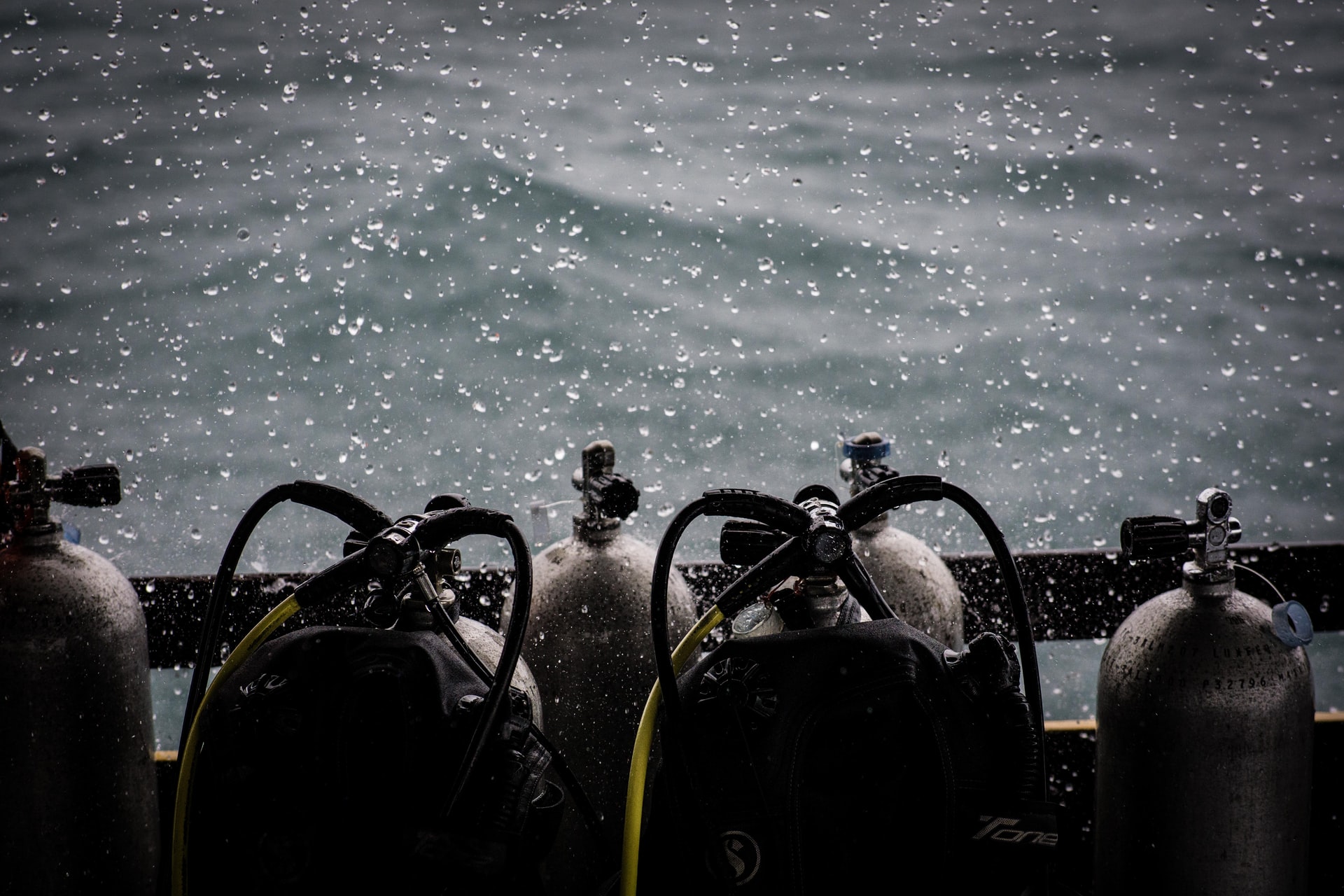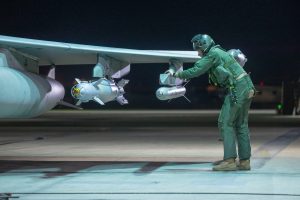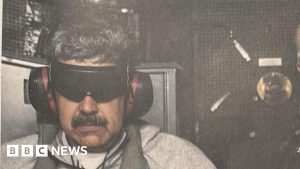Medical oxygen has become one of the most critical life-saving resources in the battle against COVID-19, which causes pneumonia and hypoxemia (low blood oxygen levels). Dozens of COVID-19 patients have died in India due to a severe lack of oxygen, putting the manufacture and supply of this vital medical item into the spotlight on a global scale.
When does medical oxygen come into play? What is the procedure for administering it? Which countries are the most prolific producers? And how does it get made? In four graphics, we respond to these questions.
COVID-19’s effects on the lungs
In certain cases, the Sars CoV-2 virus attacks the respiratory system, causing lungs to swell. Hypoxemia, the leading cause of death among COVID-19 patients, may occur in serious cases.
Children and adults should have a blood oxygen saturation level (SpO2) of greater than 95%. Low oxygen saturation levels (less than 90%) are harmful. Around 20% of COVID patients, according to the World Health Organization (WHO), would require oxygen therapy to avoid respiratory failure.
Oxygen Treatment Types
Oxygen can be given in some ways. Patients with low to moderate oxygen deficiency may be fitted with a nasal cannula, which is a medical tube that runs into both nostrils, or a simple or reservoir face mask. One to 15 litres (3.3 gallons) of oxygen per minute is supplied in these cases to complement the patient’s normal breathing.
Patients can be put on a high-flow nasal cannula, a Continuous Positive Airway Pressure (CPAP) machine, or a ventilator if they need more oxygen. In these cases, the oxygen cylinder provides up to 100 percent of the oxygen inhaled. A continuous supply of oxygen can be needed to keep a patient alive while using a ventilator.
Just about seven million cubic meters of oxygen are provided every day, according to the Indian Ministry of Health. Thousands of people in desperate need of oxygen have been turned away as a result of the shortage, and as a result, have died.
According to the World Bank, ten countries exported up to 80% of medical oxygen in 2019, out of 102 countries involved in the medical oxygen export-import trade chain. With $23.6 million in net exports, Belgium was the leading net exporter, followed by France (14%), and Portugal (8%).
What are the steps involved in making medical oxygen?
Around 78 percent of the air we breathe is nitrogen, 21% is oxygen, and 1% is other gases, such as carbon dioxide. Medical oxygen is at least 82 percent pure and is manufactured in manufacturing facilities before being shipped to hospitals in pressurized gas cylinders or liquid form in large tanks.
Most medical oxygen has been developed over the last 30 years using the cost-effective Pressure Swing Absorption (PSA) method, which consists of three main phases.
Pressurization is the process of compressing and storing air from the atmosphere in a high-pressure tank.
Adsorption: Nitrogen is absorbed by aluminum and silicon compounds such as zeolite as air moves through molecular sieves. The rest of the air is pumped into an air buffer tank.
Depressurisation: Unwanted gases are removed by cycling air into alternating tanks. Up to 96 percent, pure oxygen is produced as a result. This oxygen is held in a tank before being delivered in oxygen cylinders.





